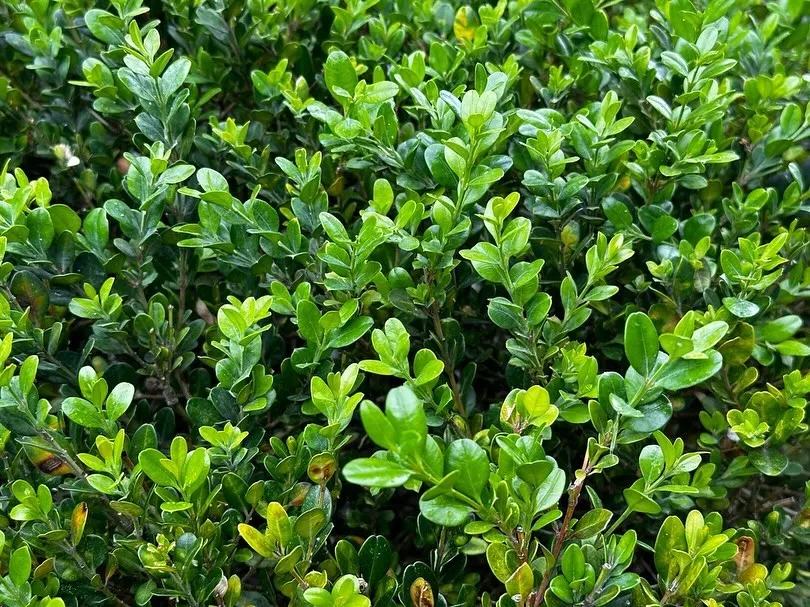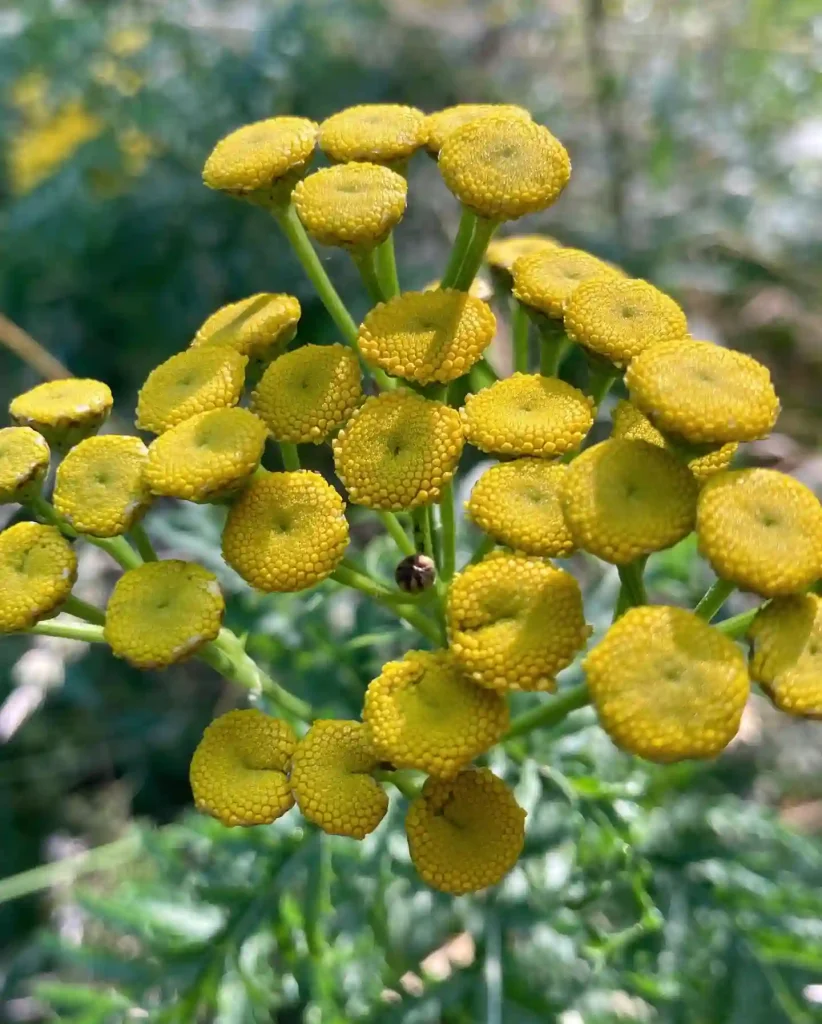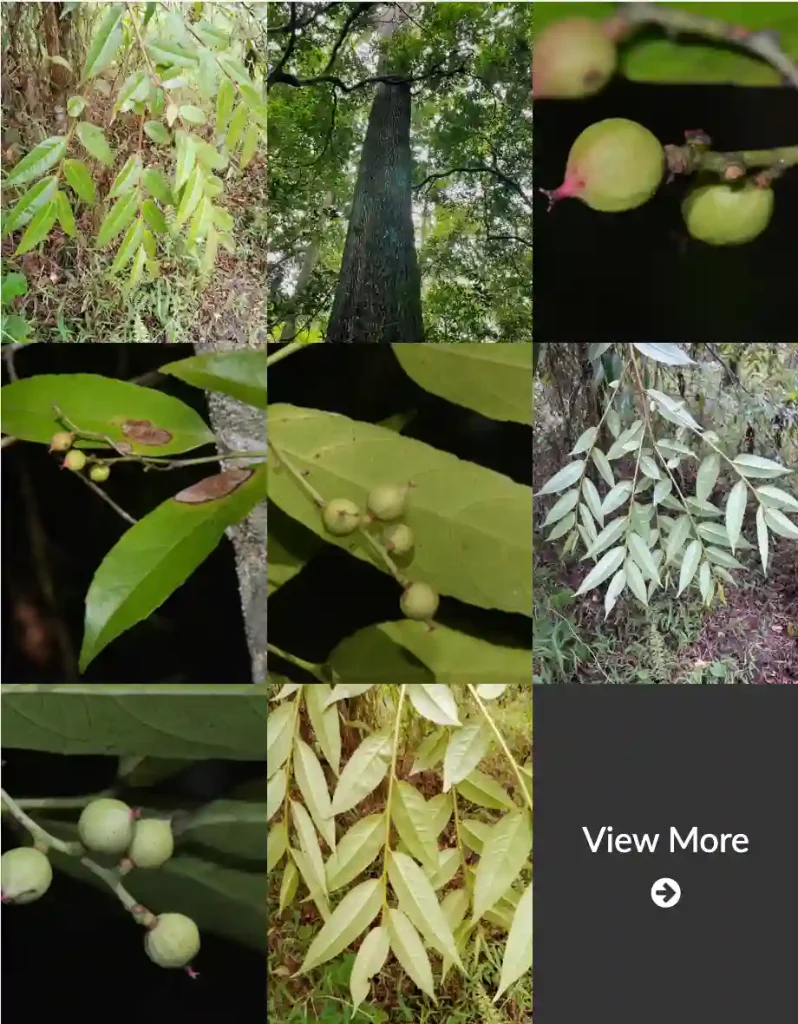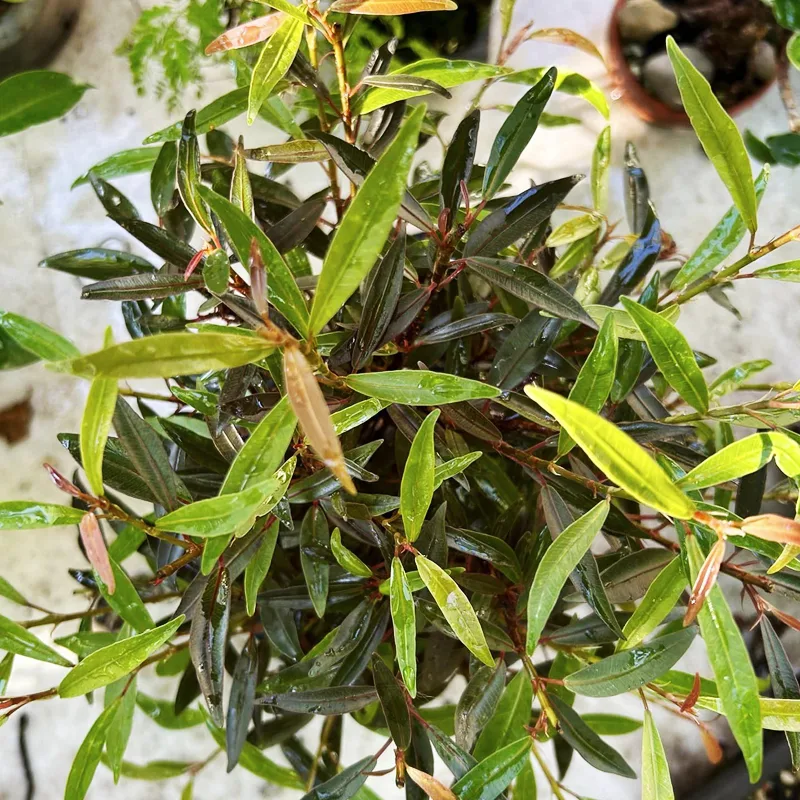Persicaria virginiana: A Shade-Loving Beauty for the Garden
As a gardener with a passion for native plants, I’m always on the lookout for new additions that are not only beautiful but also well-suited to my local environment. That’s how I came across Persicaria virginiana, also known as jumpseed, Virginia knotweed, or woodland knotweed. This North American native quickly captured my heart with its lush foliage and delicate flowers. But before welcoming any new plant into my garden, especially one with “knotweed” in its name, I do my research. In this article, I’ll share my experience with Persicaria virginiana, exploring its characteristics, care requirements, and suitability for your garden.
144 Species in Genus Persicaria
What is Persicaria virginiana?
Persicaria virginiana is a herbaceous perennial belonging to the buckwheat family (Polygonaceae). Unlike many of its sun-loving relatives, Persicaria virginiana thrives in shade, making it a valuable addition to areas that don’t get full sun exposure. This shade-tolerant beauty forms a bushy, spreading clump, typically reaching 2-3 feet tall and wide. Its main attraction lies in its broad, oval, medium-green leaves, which sometimes display a fascinating chevron-shaped marking. In mid to late summer, the plant comes alive with tiny, white flowers borne on slender stems, adding a touch of elegance to the shady corners of your garden.
Persicaria Virginiana vs Tovara Virginiana
Comparing Persicaria Virginiana and Tovara Virginiana, I found that Persicaria’s vibrant red stems and variegated leaves made it a striking addition to my garden, while Tovara’s subtle, more muted foliage blended in too much for my liking.
How to Care for Persicaria virginiana?
Persicaria virginiana is a relatively low-maintenance plant, making it ideal for busy gardeners like myself. Here’s what you need to know to keep it happy and thriving:
- Light: As mentioned earlier, Persicaria virginiana prefers partial shade to full shade. While it can tolerate some sun, it tends to perform best in areas with dappled sunlight or afternoon shade.
- Soil: This adaptable plant thrives in average, moist, well-drained soil. If your soil is heavy clay, consider adding some organic matter like compost to improve drainage.
- Watering: Persicaria virginiana enjoys consistently moist soil. During hot, dry periods, regular watering is essential, especially for newly planted specimens. Once established, it’s fairly drought-tolerant.
- Fertilizing: This is not a heavy feeder. A light application of balanced fertilizer in early spring is sufficient to encourage healthy growth.
How to Propagate Persicaria virginiana?
There are a couple of ways to propagate Persicaria virginiana and expand your collection:
- Division: The most common method is division. In early spring or fall, carefully dig up the mature clump and divide it into sections, each with healthy roots and shoots. Replant the divisions in their new locations, ensuring they receive adequate moisture.
- Seed: Persicaria virginiana readily self-sows, so if you don’t mind some volunteers popping up in unexpected places, you can leave the flowerheads on the plant to mature and disperse seeds naturally. However, if you want more control over the propagation process, you can collect the seeds yourself in late summer or fall. Sow them directly in the garden in a shaded location in the fall or early spring. Keep the soil moist and germination should occur within a few weeks.
What to Plant With Persicaria virginiana?
Persicaria virginiana’s graceful form and delicate flowers make it a versatile companion plant for a variety of shade-loving beauties. Here are some ideas:
- Ferns: Ferns with different textures and colors, like maidenhair ferns or Japanese painted ferns, create a lush and harmonious combination.
- Hostas: The bold foliage of hostas provides a nice contrast to the finer leaves of Persicaria virginiana.
- Foamflowers: The delicate white or pink blooms of foamflowers complement the airy white flowers of Persicaria virginiana.
- Coralbells: The vibrant foliage and bell-shaped flowers of coralbells add a splash of color to the shade garden.
Is Persicaria virginiana Toxic to Dogs?
This is an important question for pet owners. While Persicaria virginiana is not considered highly toxic, it may cause mild stomach upset in dogs if ingested. Signs to watch for include vomiting, diarrhea, and lethargy. If you suspect your dog has eaten Persicaria virginiana, err on the side of caution and consult your veterinarian.
Conclusion: A Delightful Addition to the Shade Garden
Persicaria virginiana is a charming and easy-to-care-for plant that brings life and beauty to shady areas. Its adaptability, low maintenance requirements, and ability to propagate readily make it a valuable addition to any garden. With its lush foliage, delicate flowers, and ability to attract pollinators, Persicaria virginiana is sure to become a favorite in your shade garden.
If i die, water my plants!



